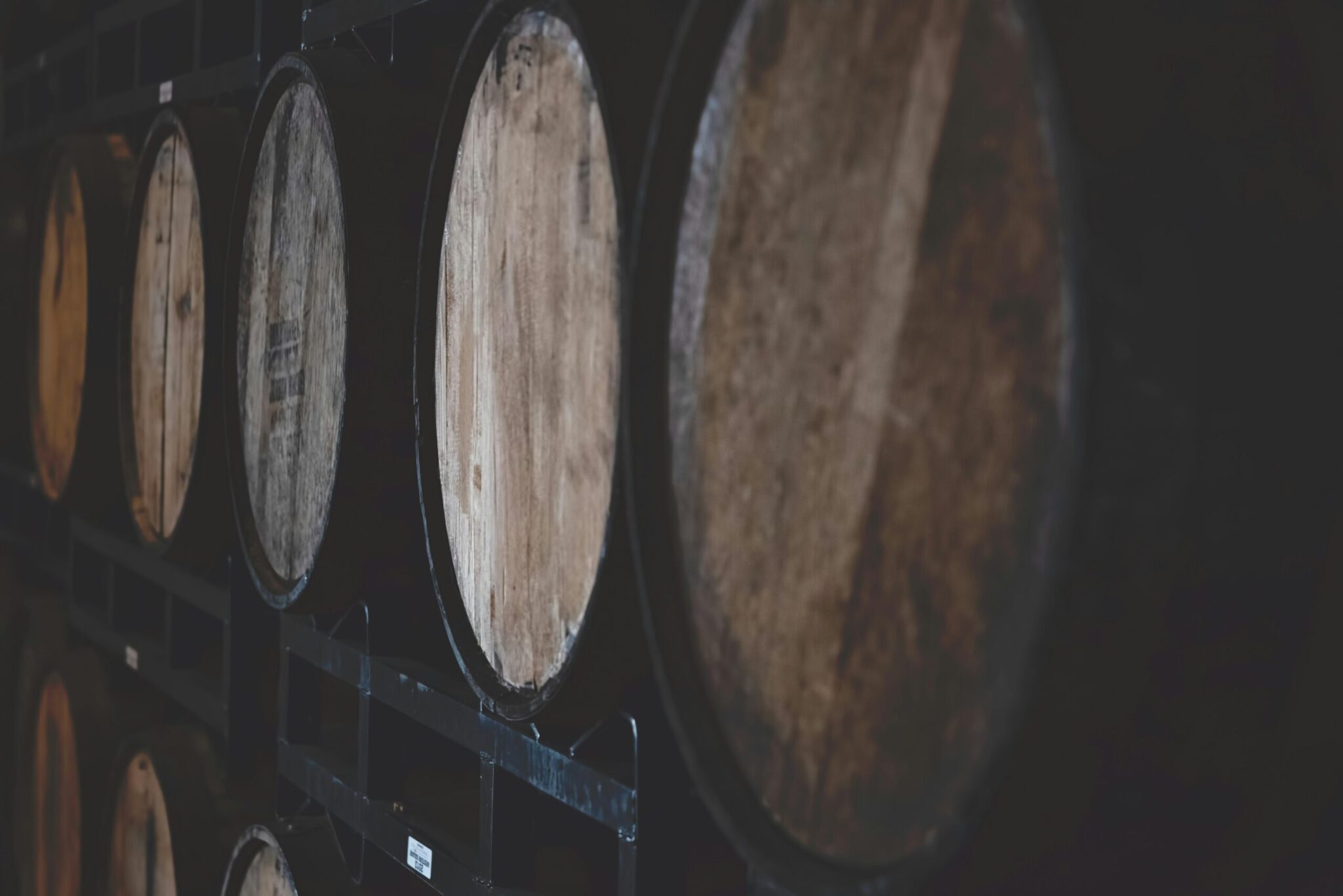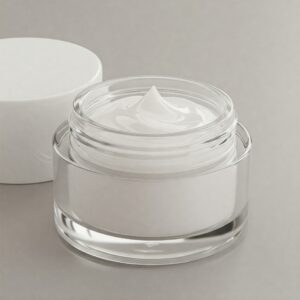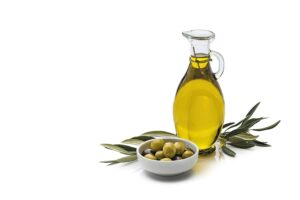Wine aging is a crucial process that transforms simple fermented must into a complex nectar rich in nuances. But what exactly is aging and how does it work? In simple terms, aging is the period of rest and maturation for the wine after alcoholic fermentation. During this phase, the wine evolves, refines its aromas, softens its tannins, and acquires greater gustatory complexity.
Wine aging is not a simple “let it rest” process. It is a dynamic process where chemical and physical reactions occur that modify the structure and organoleptic characteristics of the wine. Oxygen, for example, plays a fundamental role in aging, contributing to color stabilization and the development of more complex aromas.
What is the purpose of wine aging?
Wine aging serves several purposes:
- Maturation and stabilization: Young wine is often rough and sharp. Aging allows for the smoothing of these edges, softening the tannins, and integrating the different components of the wine, making it more balanced and pleasant to the palate. It also helps to stabilize the wine, eliminating any residues and preventing the formation of deposits in the bottle.
- Aromatic evolution: During aging, the wine develops more complex and multifaceted secondary and tertiary aromas compared to the simple primary aromas of the fruit.
- Aging potential: Some wines, thanks to aging, acquire the ability to evolve and improve over time, developing an even richer and more complex aromatic bouquet.
- Structural improvement: Aging helps to make the wine’s structure more balanced and harmonious.
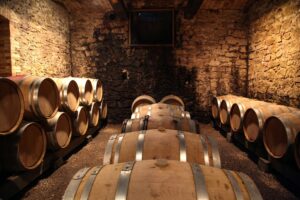
Where does wine aging take place?
Wine aging can occur in different containers, each of which imparts unique characteristics to the wine:
Stainless Steel
Stainless steel is an inert material that does not impart substances to the wine, preserving its freshness and primary aromas. It is ideal for young white and rosé wines, but also for some red wines intended for early consumption.
Barrique
The barrique is a small 225-liter oak barrel that gives the wine aromas of vanilla, spices, toast, and balsamic notes. It is ideal for structured and complex red wines, as well as for some full-bodied white wines.
Cement
Cement is a porous material that allows for micro-oxygenation of the wine, promoting the development of more complex aromas. It is ideal for structured white and red wines that require long aging.
Large Cask
Large casks, such as 500 or 1000-liter barrels, have a less pronounced impact on the wine compared to barriques, imparting fewer wood aromas because there is less wine in direct contact with the wood. The aging in casks gives the wine specific aromas and tannins, depending on the type of wood used, and it is utilized for medium-bodied red wines and some white wines meant for aging.
Terracotta
Terracotta is an ancient material that has seen a resurgence for wine aging. It gives the wine a particular minerality and freshness, enhancing the characteristics of the terroir. This method imparts a particular softness and roundness to the wine, enhancing its fruity aromas.
Demijohn
The demijohn is a large glass container, primarily used for storing bulk wine. Aging wine in a demijohn is a traditional practice but is less common than aging in barrels or steel tanks.
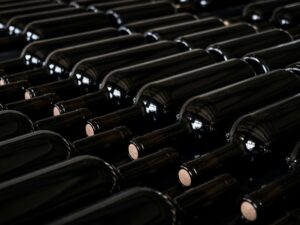
How long should wine be aged?
The duration of wine aging varies depending on the type of wine, the producer’s style, and current regulations. Some white and rosé wines may be ready for consumption after a few months of aging in steel, while other red wines may require years of aging in barrels and bottles before reaching their full potential.
In general, structured and complex red wines require longer aging than young, fresh white and rosé wines. However, there is no universal rule: every wine has its own timing and needs.
Bottle Aging
After a period of aging in steel or wood, many wines complete their maturation in the bottle. This is the final stage of the winemaking process before release and allows the wine to further refine and develop greater aromatic complexity.
How long does bottle aging last?
The duration of bottle aging varies considerably depending on the type of wine:
- Young and fresh wines: A few months (3-6 months) to preserve their fragrance and drinkability.
- Structured red wines: Several years (2-10 years or more) to allow them to reach their maximum expressive potential.
- Significant white wines: A few years (1-5 years) to develop complexity and structure.

